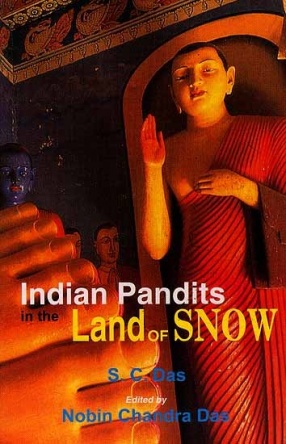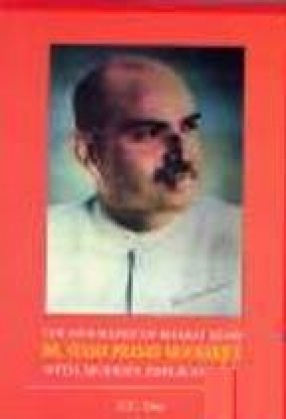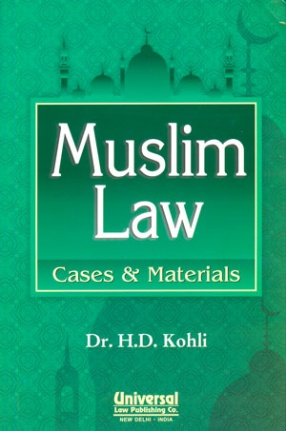I need hardly apologise for offering these pages to the public. These are mostly reprints from the contemporary papers, of the speeches and lectures of my brother Sri Sarat Chandra, as to what he saw and learnt about the little known works of Indian Aryans, in the countries beyond the Himalayas during his sojourn in Tibet, and I have little doubt the inquiring public will find much in them to think and ponder on. It is an undoubted fat that Buddhism found its way into Central and Eastern Asia, from Aryavarta (India)’ ages have elapsed since then; the almost insurmountable physical barriers which separated India and central Asia, and the want o intercourse and sympathy between these strange peoples and the Indians tended, in course of time, to obliterate the traces of the onward march of Buddhism from this country. The connecting link, missing to all appearance, nevertheless existed and was to be found in the sacred books of the Tibetans and the Chinese. The travels of Fa-Hian, Hieun Tshang, I-tsing and others in India in the 5th and 7th centuries after Christ, well-known to the historian, threw some light on this subject; but the labours of the Indian Pandits in the propagation of Buddhism in the North and the far East, have been hitherto buried in oblivion, and it has been the earnest endeavour of our author to unearth them. He has simply broken the ice, and it is to be hoped that the information which he has brought to light will draw the attention of the public to this important subject, and induce men with greater resources at their command, to pursue these researches, and increase our knowledge of the origin and spread of a religion, which includes among its votaries almost a third of the population of the globe.
It is not my object here to attempt any thing like a biographical sketch of the author, yet I think some incidents of his life might interest the reader. From his boyhood, Sarat Chandra evinced that firm determination, and love of peril for its own sake, in which is to be found the clue to his success in after-life. Following the practical turn of his mind, he studied up to the highest class of the Civil Engineering College in Calcutta. Ill health compelled him to seek a change to Darjiling, in 1874. Happily at this time he was selected by Mr. C. B. Clarke to fill the post of the Head Master of the Tibetan Boarding School at Darjiling, an institution then newly started by the Government of Bengal.
Our author found a new field for work and set himself vigorously to the study of the Tibetan language, and acquired a thorough mastery over it in the course of a few years. He used to spend his holidays with his pupils, most of whom had their homes in Sikkim, which was of great help to him in his subsequent journeys across the snowy range. In one of these excursions I accompanied him up to the great monastery of Pema Yang-tche (see Appendix iii), The account of Indian Pandits who revived and reformed Buddhism in Tibet which he had read in Tibetan works, created in his mind a strong desire to visit the snowy abode of the Bodhisattvas. In the year 1878 he wrote to the Dalai Lama of Tibet for permission to visit Lhasa. At the invitation of the grand Lama of Tashi-lhunpo he visited Tibet in 1879, and returned to India after an absence of six months. He received a second invitation in the year 1881 from the same Tashi Lama to revisit Tashi-lhunpo. Accordingly he set out for Tibet in November 1881. after visiting the great cities and places of pilgrimage and particularly Lhasa, the holy seat of the Dalai Lama, he returned to India in the beginning of 1883. Both the journeys were successful. He gained a friendly reception from the Lamas and the people of Tibet, and was honoured as a countryman of the illustrious "Indian Pandits," who had reformed the religion of BUDDHA in that country. Mr. Graham Sandberg, who has written about explorations in the "Nineteenth Century" describes his journey to Lhasa in the following terms.






There are no reviews yet.